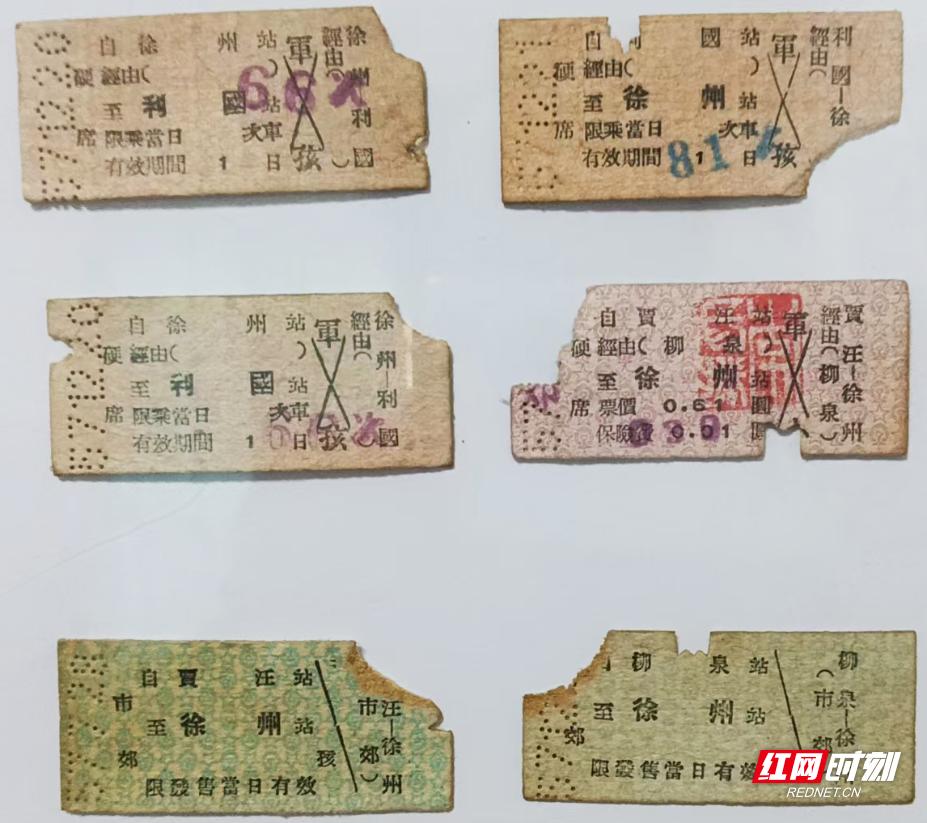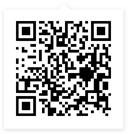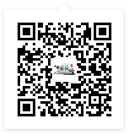
In the Hengyang Railway Museum, a collection of old train tickets from various eras is on display. Among them are hard cardboard train tickets that had been in use for nearly a century, early soft paper tickets with lake blue and white frames, later versions with pink and white frames, as well as the contemporary lake blue anonymous magnetic card tickets, and the widely used "reimbursement certificate" tickets today.
Back in the 20th century, the hard cardboard tickets, measuring about 4 cm long and 2 cm wide, were printed in bulk by designated railway printing factories and distributed to train stations along the railway lines. Apart from hard cardboard tickets, ticket sales and entry checks at stations were entirely manual. Ticket clerks worked alongside rows of small wooden cabinets, resembling traditional herbal medicine cabinets, filled with tickets for trains departing from or passing through the local station to destinations across the country. Based on the passengers' requests, clerks would expertly pull the desired ticket from the cabinet and, using small paper slips, write down the details such as the time, train number and seat information. These details were then attached to the back of the hard cardboard ticket, or the ticket would be stamped with various marks. The ticket would then be placed into a special "pinhole date machine" next to the clerk, which would punch tiny holes corresponding to the date of issue. Less commonly used train numbers would have a handwritten paper substitute ticket.
The pinholes on these nearly 70-year-old train tickets serve as a symbol of the significant changes in train station ticket sales, reflecting both the progress of the times and the technological advancements in the railway system. The history and information hidden in these tiny holes leave visitors to the Hengyang Railway Museum reflecting on the massive transformations.
 附件:
附件:Copyright © 2015-2023 CHINA RAILWAY All Rights Reserved


